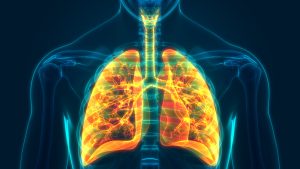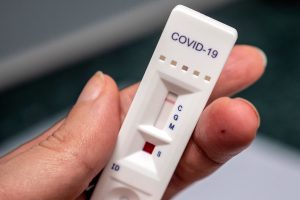Nails are an important part of your body and nail health reflects how your body is functioning overall. Nail health includes the texture of nails, the strength of nails and their colour. Poor nail health sometimes results in brittle nails or makes them soft and prone to breakage.
Read this article to assess your nail health and to know what the colour of your nail says about your overall health.
The different nail colours and their implication
Yellow
- Nails start becoming pale or yellow as a sign of ageing
- Yellow nail syndrome occurs in rare cases when slow-growing nails become thick and curved and are accompanied by pulmonary disease or lymphedema
- The most common reasons for nails becoming yellow is a fungal infection, reaction to nail polish, and medical conditions i.e. thyroid, psoriasis or diabetes or tobacco use during smoking.
Black splinters
- Known as splinter haemorrhage
- Trauma to nail
- Sometimes it may be due to psoriasis, endocarditis or nail melanoma
- The condition is also seen in people having clotting problems or those who inject drugs into their nails.
White nails
- Leukonychia is defined as the occurrence of white lines or dots on the toes or fingernails. It mostly occurs as white spots but can spread to the whole nail. The condition may indicate leprosy, cirrhosis, or typhoid fever.
- Mees Lines are single or multiple white lines which occur sometimes along the width of one or more nails. These lines may be caused by arsenic intoxication, and are mostly accompanied by other medical conditions such as Hodgkin lymphoma, leprosy, tuberculosis, malaria, shingles, chemotherapeutic drugs, carbon monoxide (CO), antimony poisoning, renal and cardiac failure, pneumonia, and childbirth.
- Muehrcke lines mostly occur as pairs of white horizontal bands. It rarely occurs on the thumbnail and is associated with a deficiency of albumin protein. This condition indicates liver disease or malnutrition.
- White nails can also occur due to fungal infection, nail injury, and allergic reactions and suggest a deficiency of zinc.
Pink or Red
- When a pink or red band appears at the top of white nails, it is known as Terry’s nails. Terry’s nail is an indication of cirrhosis, congestive heart failure, kidney failure and diabetes. The situation is not always related to a serious illness and may simply be a result of ageing or genetics.
- Lindsay’s nails or half-and-half nails occur when the proximal end of the nails is white while the distal ends have red, pink or brown bands in 20-60% of the region. The condition is often confused with Terry’s nails as they are hard to distinguish.
Brown
-
Melanonychia is the presence of blackish or brownish vertical lines on the nails. They may occur due to blood from trauma, infection of bacteria, fungi or HIV, an endocrine disorder, pigmentation or excess production of melanin. This condition may indicate serious illnesses like melanoma or may be simple things like chemical staining.
Blue
Sometimes, the nails turn blue due to a change in the colour of the nail bed. Some of the causes of nails turning blue include silver poisoning in people with high exposure to silver, medications such as antimalarial drugs, antipsychotic drugs, HIV infection, cyanosis (lack of oxygen supply to nails) or occupational hazards.
How discoloured nails be treated
When our nails turn yellow, generally the new nail that comes up is clear. Yellow nail colour can be treated by using vitamin E or tea tree oil which deals with infections. Black splinters mostly occur due to injury to the nail and get fixed over time with nail growth. It is not a serious condition unless it is accompanied by inflamed skin, nail bleeding or night sweats. White spots can be treated over time by not applying cosmetics to nails and allowing them to grow out.
Keeping one’s nails healthy
- Eating a balanced diet
- Avoid using nail polish, lacquer or accessories on nails
- Taking multivitamins through whole foods or medicines.
- Taking supplements i.e. biotin or horsetail.
Change in nail colour is not a serious problem unless these changes are accompanied by fatigue, weight loss, inflammation, excessive thirst, swelling, night sweats, heart palpitations, dizziness or depression. Such situations require attention from medical personnel. Moreover, nail colour says a lot about one’s health and may be an indication of underlying health issues.











